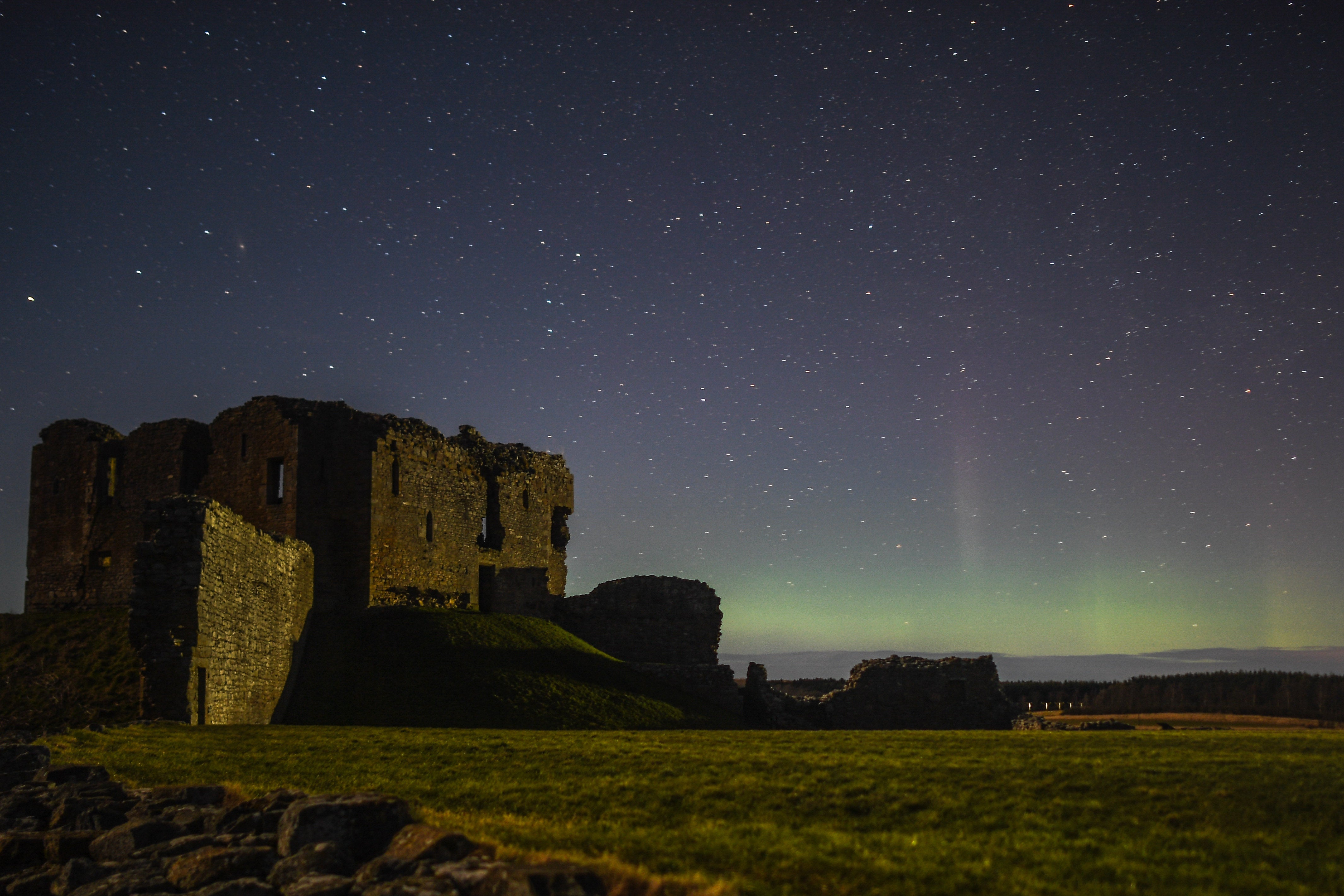Scientists find earliest record of aurora in ancient Chinese chronicle
The study of historical records can help model long-term patterns in space weather variability, scientists say

Researchers have found the oldest known reference to a candidate aurora in a celestial event, described in an ancient Chinese text dated around the 10th century BC.
The space weather event, described recently in the journal Advances in Space Research, predates the previous oldest reference to auroras by some three centuries.
Auroras are streaks of reddish or greenish light in the sky, especially near the northern or southern magnetic pole, caused by the interaction of charged particles from the sun with atoms in the upper atmosphere.
In the new study, scientists including Hisashi Hayakawa, from Nagoya University in Japan, assessed the Bamboo Annals (Zhushu Jinian in Mandarin), which chronicles the history of China from the earliest legendary time to the time of their probable composition in the 4th century BC.
In the text, which contains occasional accounts of unusual observations in the sky, researchers examined the mention of a “five-coloured light” seen in the northern part of the sky on a night towards the end of the reign of King Zhao of the Zhou dynasty.
They say this piece of text was probably written sometime either in 977 BC or 957 BC, but the exact year is uncertain.
Researchers found the record of the “five-coloured light” to be consistent with a large geomagnetic storm – a phenomenon that is known to cause auroras.
An aurora in the mid-latitude is known to be sufficiently bright to be visible and can present a spectacle of multiple colours, scientists said, adding that, at the time, the earth’s northern magnetic pole was inclined to the Eurasian side, about 15 degrees closer to central China than at present.
So researchers believe this aurora could have been visible to observers in central China at times of significant magnetic disturbance – making it the earliest known datable record of an aurora from anywhere in the world.
This new finding comes about two years after the previous earliest known record was discovered, when several mentions of candidate aurorae were found to have been inscribed on cuneiform tablets by Assyrian astronomers in the period 679-655 BC.
Another probable record of an early aurora has been found, from 567 BC, in the astronomical diary of the Babylonian king Nebuchadnezzar II, scientists said.
They added that such studies revisiting historical records can help model long-term patterns in space weather variability and solar activity, on timescales ranging from decades to millennia.
Understanding these fluctuations can help societies prepare for future solar eruptions of great magnitude and the disruption of technological infrastructure that they may cause.
Join our commenting forum
Join thought-provoking conversations, follow other Independent readers and see their replies
Comments
Bookmark popover
Removed from bookmarks